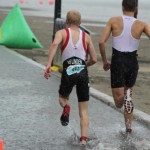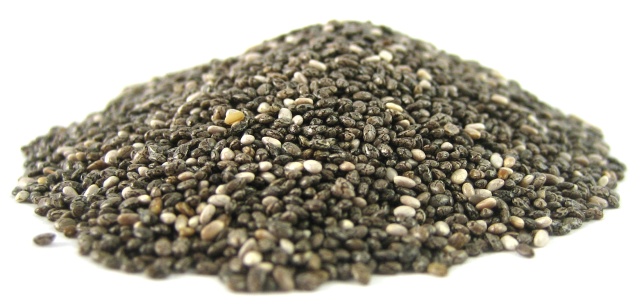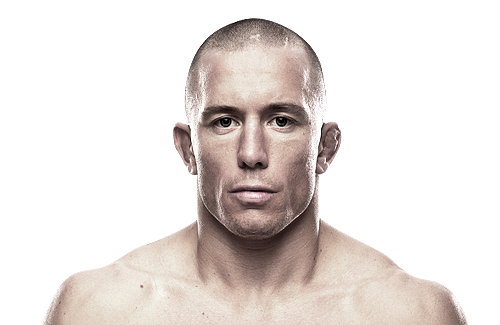This morning I raced the Wasaga Beach Olympic distance triathlon. The first triathlon I ever did was at Wasaga, a half-sprint distance ‘give-it-a-tri’, in which I emerged from the water looking like a drowned rat after doggy paddling 400m, and then struggled around a 10k bike ride on my clunky old mountain bike.
Fortunately I’ve developed a bit as a triathlete since then. And although this is the only triathlon I’ve raced this year, I’ve managed to get a decent number of other races under my belt – a marathon, a half marathon, a 10k and the Paris-Ancaster cyclocross race. And thanks to some friends that have just joined this sport, I’ve been cajoled into putting in a few decent training sessions over the last month.
The weather was horrible during setup, but thankfully the rain stopped as we lined up at the start, and stayed away for the rest of the race. The swim felt good, and I managed to draft my way to a 27 minute 1500m without burning too much energy. Wasaga is probably my favourite place to swim; the water is perfectly clear and significantly warmer than Lake Simcoe.
It seemed to take the first 5k of the bike for my legs to warm up, but once they did I felt pretty comfortable, although I think I still have room for improvement here. The course was well marked, and apart from a couple of disconcertingly wet corners, not too technical.
SportsStats tells me that my transitions are getting pretty good; with both of them under 90 seconds. After T2 I headed out on the run – a 2-lap out-and-back. Again, it took five minutes of running before my legs really started responding, and then I started ticking off the kilometers nicely. This was a ‘fun’ race for me rather than a serious one, so I treated the run like a solid training block rather than a gut-busting effort. Still, I managed a 4:19/km pace, thanks no doubt to the training I’ve been doing with my local Mudders For Mothers team and some hard tempo runs with my ultra-dedicated training parter Patrick Voo.
So, I finished with a PB, which isn’t really saying too much given that I’ve only run one Oly before, and I cracked horribly on the run that time. But I believe that every race is a learning opportunity, so here are today’s lessons:
- Habit makes things easier. All my kit worked nicely, and I didn’t have to think to hard about the process of pulling it together and setting it up in transition. Apart from dropping a couple of power gels along the course, there were no real glitches.
- Muscle memory is a wonderful thing. I haven’t swum nearly as much this year as I have in previous seasons, but once I had my wetsuit on and got in the water it all seemed to flow very naturally.
- Running is a little bit like meditation. When meditating, you’re apparently supposed to focus on your breathing, clear your mind from distractions, and bring your mind to a singular awareness of the present. Running at Lactate Threshold isn’t quite the same thing as relaxing in lotus position, but other than that the same concepts apply. I tell myself when I run that there’s no need to fret over how the race has gone so far, or whether I have the energy to hold this pace till the finish, or whether I’ll hit my target, but just to relax my limbs, keep my core strong, keep my breathing measured, and focus purely on the act of running, on the step that I am taking right now. It isn’t easy, but it is necessary – when I stop doing that, I tense up and begin to panic. When I do it right, I find myself flowing easily towards the finish line.
 Finally, it’s far more fun to attempt difficult things with friends and family around. I hugely appreciated having my parents join me for the race, and it was great to see my friend and training partner Steve complete an Olympic distance race in his second ever triathlon. Truly inspiring!
Finally, it’s far more fun to attempt difficult things with friends and family around. I hugely appreciated having my parents join me for the race, and it was great to see my friend and training partner Steve complete an Olympic distance race in his second ever triathlon. Truly inspiring!



![css-cup_thumb[1]](/images/2013/07/css-cup_thumb1.jpg)

